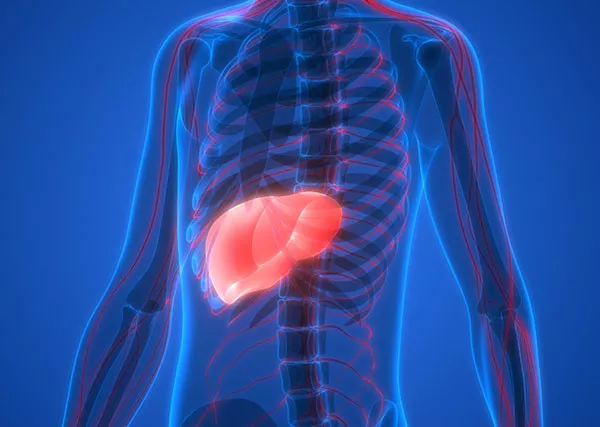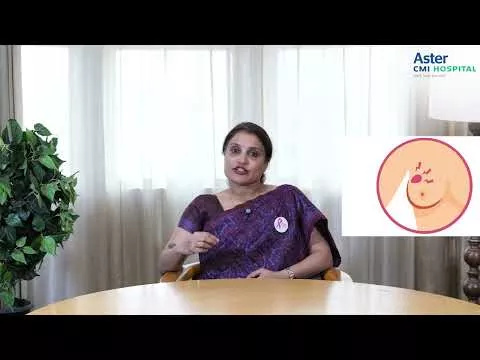NAFLD is a chronic yet silent disease, which means that most patients live with it for several years without experiencing any symptoms and are mostly unaware of their liver condition. NAFLD can progress to more serious disease stages, such as advanced fibrosis, cirrhosis, liver failure or liver cancer. Seeking timely evaluation from a Hepatologist in Kochi Kerala can help detect these complications early.
What are the risk factors for NAFLD
Nonalcoholic fatty liver or NAFLD is a life style disorder and is mainly seen in persons with metabolic syndrome. Components of metabolic syndrome are obesity, diabetes, hypertension, high cholesterol or triglycerides in blood. Persons with various combinations of these four diseases are at risk of developing fatty liver of NAFLD. With sedentary life style and changing diet pattern’s among Keralites, obesity and diabetes have become an epidemic.
It is difficult to obtain an accurate estimate of NASH prevalence given the fact that NASH is a silent disease, and a disease that remains difficult to diagnose for the time being, But the trends are clear: non-alcoholic fatty liver disease (NAFLD) is growing to become the most common chronic liver condition in Kerala in relation to the obesity and type 2 diabetes epidemics.
Various studies have shown that Kerala is the diabetes capital of India with a prevalence of diabetes as high as 20% ─ double the national average of 8%. Obesity is also on the rise among our children with 50% of children in urban area’s being obese. Recent National health survey has shown that Kerala is becoming the capitol of life style diseases. With rise in prevalence of obesity and diabetes among the public its complications like NAFLD is also on the rise. NAFLD is now one of the leading cause of liver cirrhosis, liver transplant and liver transplantation. Many patients now seek specialised care at a Liver hospital in Kochi Kerala due to this rising trend.
How to diagnose NAFLD
NASH is a silent disease. Consequently, NASH patients can remain unaware of their liver condition until the disease progresses to more serious and life-threatening stages. Thus, there is a major challenge related to NASH diagnosis: the early identification of patients at risk of progressing to most advanced stages of NASH.
The diagnosis of NAFLD is often made during an ultrasound examination of liver. The ultrasound examination stages NAFLD as Grade one to three. The severity of disease is accessed by help of liver function tests, fibroscan of liver and liver biopsy. All persons with risk factors for NAFLD or symptoms suggestive of NAFLD should have an ultrasound liver and liver function tests. If an ultrasound shows fatty liver then a fibroscan of liver is the next step. Fibroscan helps to measure the hardness or stiffness of the liver and is an indirect marker of liver fibrosis. Persons with abnormal liver function test and fibroscan values should have a liver biopsy to access the stage of disease and prognosis.
Why Diagnose NAFLD
Non-alcoholic steatohepatitis patients have a higher risk of progression to cirrhosis, end stage liver disease, liver transplant and hepatocellular carcinoma. Therefore, it is critical to resolve NAFLD before it has a chance to lead to cirrhosis or cancer, and associated life-threatening outcomes.
NAFLD patients with their obesity, diabetes, hypertension and high triglycerides are at higher risk of cardiovascular events. Their atherosclerotic and inflammation markers are higher than those of healthy individuals. In fact, cardiovascular disease is the most common cause of death in NAFLD patients (38% of cases), before non-liver cancer (19%) and liver-related complications (9%).
How to treat NAFLD
Life style modifications are the main stay of treatment of NAFLD. Always advocate for an active life style. Aim to take at least ten to fifteen thousand steps a day. Avoid snacking in between meals and avoid empty calories like cakes, sweets and ice cream. Avoid cola’s and high fructose containing drinks.
Weight reduction with diet and exercise should be began in all persons with NAFLD. Exercise 30 minutes every day and can be aerobic or resistance exercise depending on the personal preference. Exercise alone does not lead to weight loss. A low fat, hypocaloric diet is a must. Reduction of daily calorie by 500-1000cal along with exercise helps to reduce weight. A Mediterranean diet consisting of high intake of fruits and vegetables and low processed food helps in resolving liver fat.
Medicines are advised only in persons with advanced liver disease on liver biopsy and should be under the supervision of a trained doctor. Avoid taking over the counter medicines and herbal preparations.
Risk factors like diabetes, cholesterol and hypertension should be controlled well and helps in reducing heart disease and strokes.





